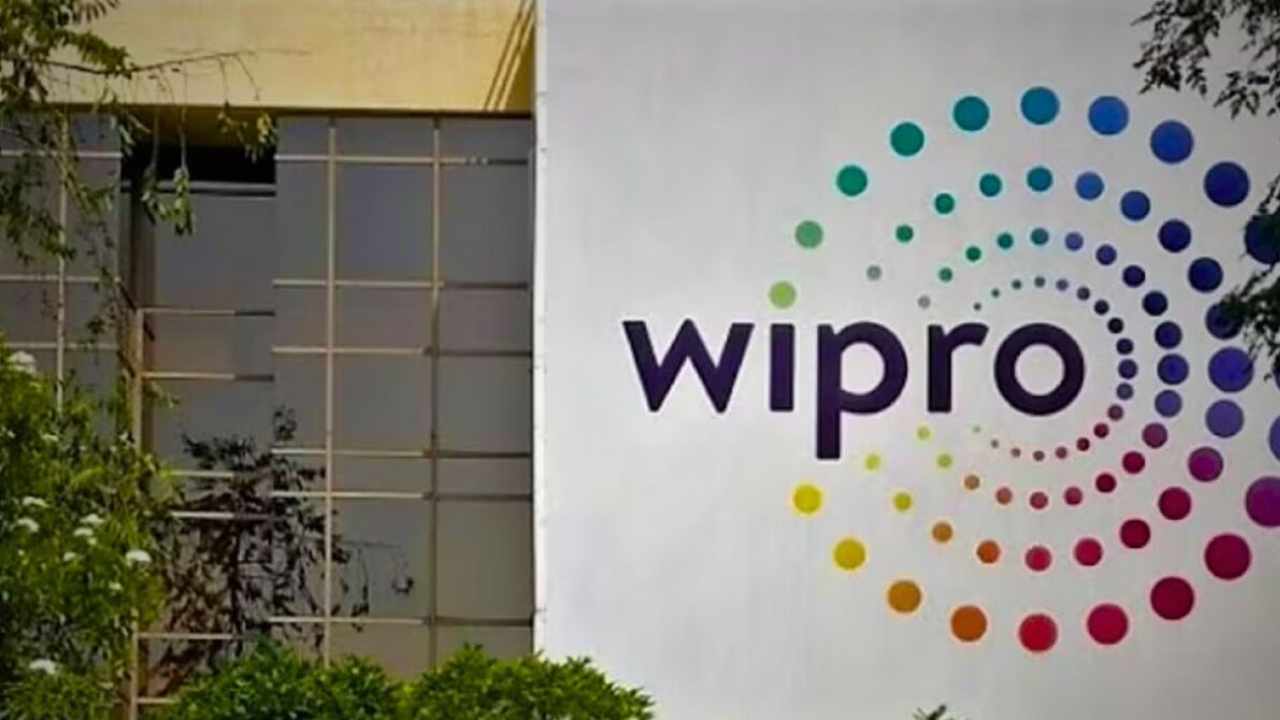Bank Nifty’s Performance: A Critical Analysis
As we delve into the dynamics of the Indian stock market, a pressing question emerges: Will Bank Nifty assume leadership in the current trading environment? In September, Bank Nifty has surged by an impressive 3.3%, while Nifty has experienced a modest rise of just 0.7%. Contrarily, the heavyweight IT index has seen a decline of 2%. This disparity in performance raises concerns regarding the potential for a double top formation in Bank Nifty, particularly as it approaches its previous peak of 53,353, with its all-time high standing at 53,357.
All-Time High: The Final Push?
According to market expert Anuj Singhal, the recent closing of Bank Nifty marked its third highest close ever, maintaining a position above 53,000 for only the third time in history. Typically, the first attempt to reach an all-time high encounters resistance, while the second attempt often leads to success. Should Bank Nifty break through to a new high, there is potential for an additional increase of approximately 2,000 points.
Factors Driving Bank Nifty’s Momentum
Anuj Singhal attributes the upward movement of Bank Nifty to the undervaluation of several prominent private banks within its composition. Notably, shares like HDFC Bank, Axis Bank, and Kotak Bank are currently trading below their historical mean valuations. Although ICICI Bank is better valued, it too has been underperforming relative to its peers.
Market Outlook: What Lies Ahead?
Looking forward, Singhal highlights the importance of global indicators, which appear to be favorable. A strong boom is being observed in the US markets, bolstered by robust labor market data. In 2024, the S&P 500 has reached an all-time high for the 39th time, while Brent crude prices are edging near $75 per barrel. Additionally, the upcoming monetary policy decision from the Bank of Japan is anticipated to play a vital role in global market dynamics.
Nifty and Bank Nifty Strategies: Today’s Game Plan
Singhal emphasizes that as long as Nifty remains above the critical support levels of 25,150-25,250, the market structure remains intact. Today serves as a significant test for the market’s foundational pulse; a close at the day’s peak could confirm an impending rally, whereas a close at the day’s low may signal a need to book profits on long positions. Despite the recent, somewhat illogical weakness in IT stocks, the overarching trend for Nifty remains bullish, targeting 27,272 by the end of 2024. However, the market faces an impending risk from the results of the assembly elections, which could influence future performance.
Nifty Trading Strategy
For today’s Nifty trading strategy, the first resistance is identified at levels of 25,500-25,550, while major resistance sits at 25,600-25,650, corresponding to the all-time high. On the downside, the initial support is at 25,350-25,400, aligned with yesterday’s low, and major support is observed at 25,150-25,250. Traders are advised to stay long with a strict stop-loss (SL) at 25,250, avoiding new long positions. Any new trades should be considered strictly for intraday purposes, with decisions to carry trades made in the final hour of trading.
Bank Nifty Trading Strategy
In contrast, Bank Nifty appears to hold a slightly stronger position relative to Nifty. The immediate resistance is set between 53,350-53,400, signaling the all-time high, while major resistance lies at 53,500-53,692. Traders are encouraged to maintain long positions with a strict SL at 52,850. The first support level is seen at 52,850-52,900, with significant support at 52,500-52,750. It is advisable to await developments in the first hour before establishing new positions.
Conclusion
As the market navigates through pivotal resistance and support levels, traders must remain vigilant and adaptable. The insights provided by experts can serve as a guiding framework for making informed trading decisions in an ever-evolving stock market landscape.












